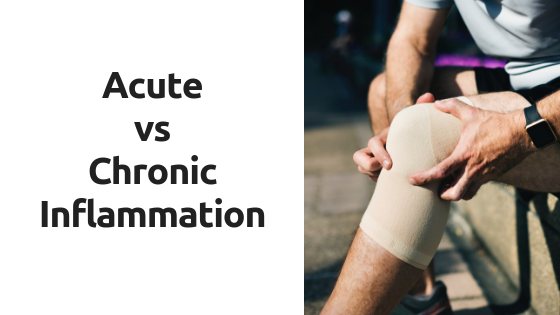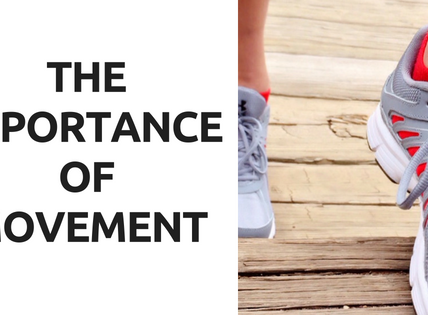As an Amazon Associate, I earn from qualifying purchases.

Inflammation is a physical condition in which part of the body becomes reddened, swollen, hot, and often painful, especially as a reaction to injury or infection. Inflammation is now a buzz word that you hear almost daily, but knowing what it really means and the signs to look for will be very helpful in better understanding and combatting it. There are two types of inflammation, acute and chronic.
Chronic Pain Vs Acute Pain(Opens in a new browser tab)
Acute inflammation is that which begins rather quickly, intensifies, and then resolves in a relatively short period of time. Symptoms of acute inflammation include pain in the affected area, redness, immobility, swelling, and heat (feeling warm to the touch). These signs can apply to acute inflammation near the surface of the skin, which is obviously more noticeable, or deep within the body, resulting in less obvious signs. Some diseases and conditions that cause acute inflammation include acute bronchitis, physical trauma (like a cut or injured joint), high-intensity exercise, and tonsillitis.
Chronic inflammation is a long-term inflammation that can last many months and, in some cases, even years. Chronic inflammation can be the result of an autoimmune disorder, being exposed to an irritant for a long period of time, or acute inflammation that isn’t resolved. A few conditions and diseases that are based in chronic inflammation are asthma, rheumatoid arthritis, psoriasis, and Crohn’s disease. Chronic inflammation is the most dangerous because the affected tissues cannot heal, and may be permanently damaged.
Depending on the type of inflammation and the cause, the pain related to the inflammation will differ. Some will feel serious pain, stiffness, or discomfort, and it could be a constant or only occasional irritant. There are many ways to treat inflammation, but it varies depending on the cause. For a joint or muscular injury, physical therapy and massage therapy are often recommended, as are over the counter anti-inflammatory medications such as Naproxen, Ibuprofen, and Aspirin, which are steroid free treatments. You also have medications that include steroids such as a creams and ointments for skin conditions, inhalers that help with asthma, and even herbal supplements such as turmeric and ginger that may help to reduce mild forms of inflammation throughout the body.
There are certain foods that are thought to help reduce inflammation such as olive oil, tomatoes, walnuts and almonds, leafy greens like spinach and kale, fatty fish, and fruits like blueberries and oranges. There are also foods that some suggest to avoid if you struggle with inflammation such as fried foods, white breads and pastries that have refined carbohydrates, highly processed meats, sugary drinks, and margarine.
4 signs you’re eating too much sugar(Opens in a new browser tab)
If you are in tune with your body you can often tell when something is different. Whether you notice swelling, pain in your joints, stiffness, or any other sign, listen to your body. Try adjusting your diet to see if the presence of certain foods reduces the inflammation, or the absence of a certain food causes the discomfort. Seek out physical therapy, massage therapy, and of course, talk with your doctor to determine what the best course of action is for your specific inflammatory issues.





